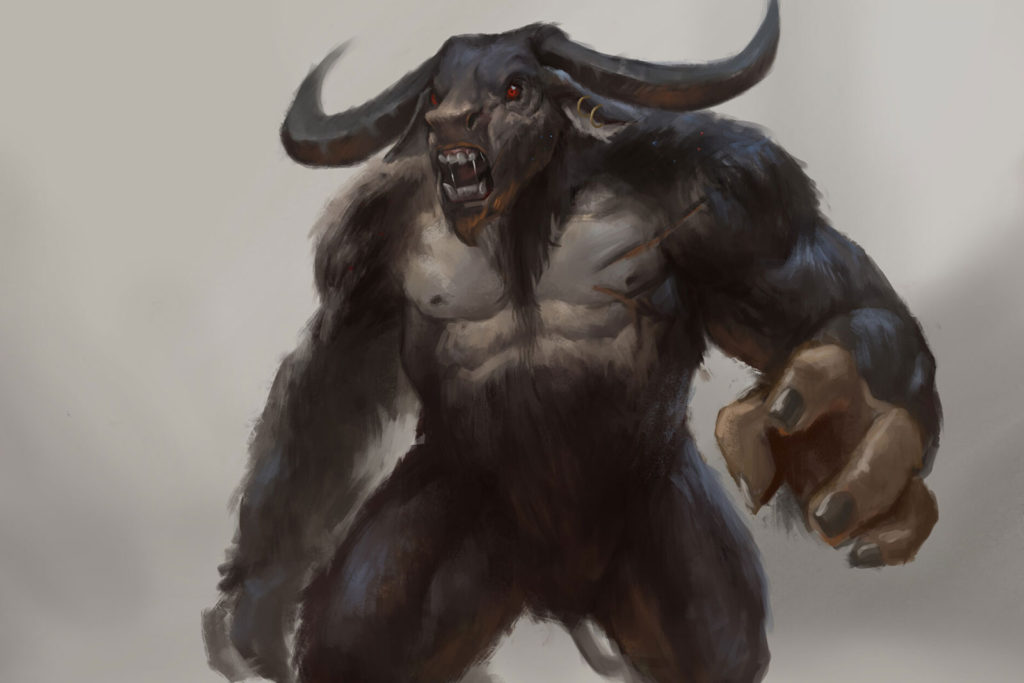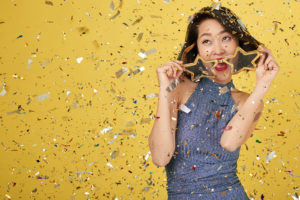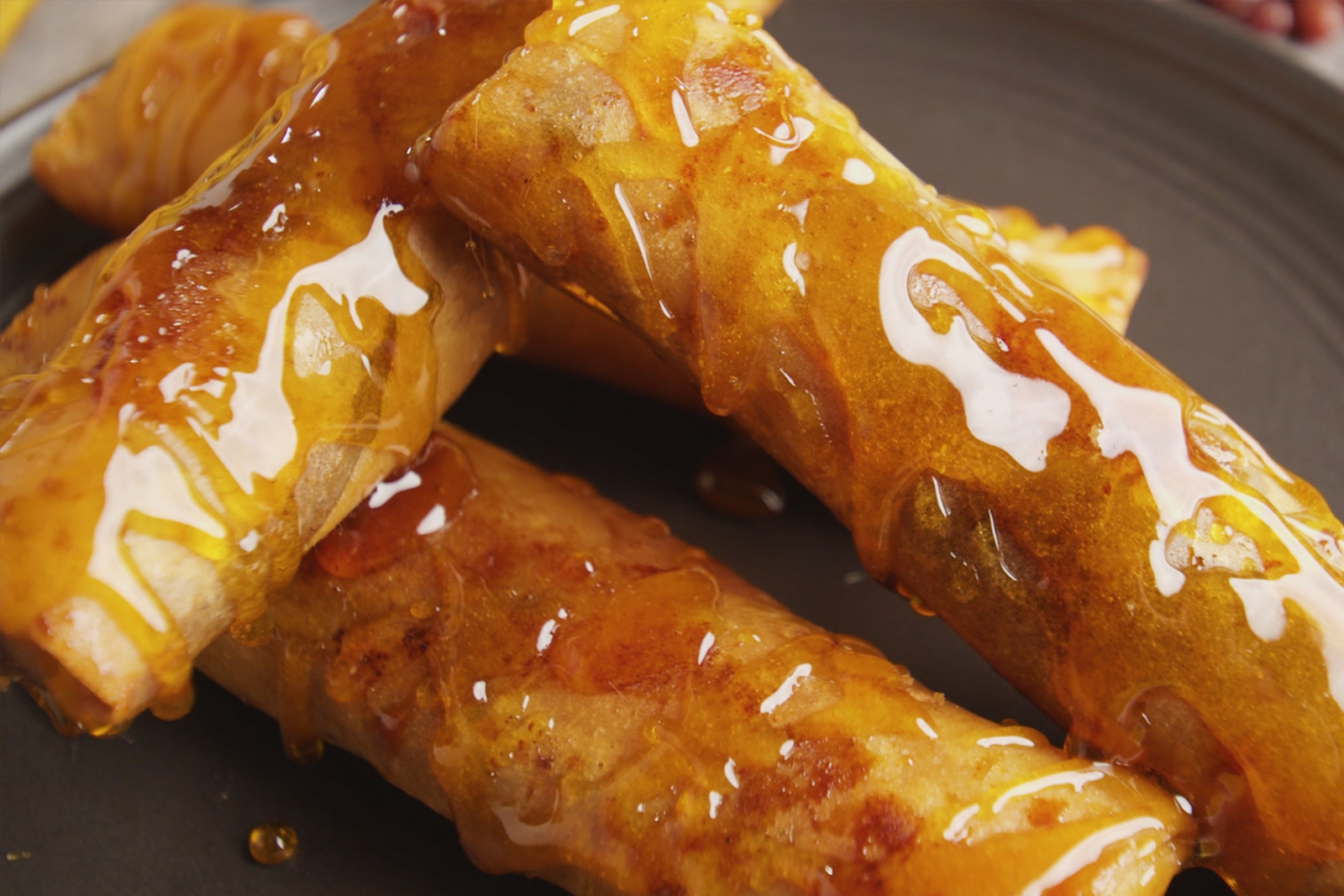
Imagine a centaur. Now flip the image around: the human torso becoming a horse’s brown coat, the skull stretching out to become a muzzle. The four hooves fade away to become human feet.
You’ve got a tikbalang.
It’s one of the most iconic creatures I know, but I’ve yet to hear an entire story about them. But I do know enough. They love to live in thick forests, play tricks on humans – as most creatures do – and can be subdued with offerings. Perhaps the most common thing about a tikbalang within a Filipino community is what their name conjures. When drizzle starts on a sunny day, I look up at the seemingly impossible weather. I think: the tikbalang is getting married again.
Despite having a trickster reputation, Maximo Ramos disagrees. The tikbalang only appears frightening. After all, the creature is tall, dark, and lives a life shrouded by shadows and trees. According to Eugene Evasco, the tikbalang prefers balete and kawayan over others.
Perhaps the most common thing about a tikbalang within a Filipino community is what their name conjures. When drizzle starts on a sunny day, I look up at the seemingly impossible weather. I think: the tikbalang is getting married again.
But instead of harming or playing tricks on humans, the tikbalang loves to help us mere mortals out. I can imagine a lost hiker suddenly getting directions from a tall, bony man with a horse’s face and simply stumbling onto the right path.
Some studies, however, contradict this claim. In Philippine Folk Literature: An Anthology, Damiana Eugenio says that the tikbalang delights in showing people the wrong road to their destination. Aside from half-horse, half-human, the tikbalang can imitate whatever creature he wished. The possibilities can be endless – from a harmless dog to a friendly face to that aunt you haven’t seen in over a year. This kind of power destines a lone traveler to a tricky fate.

A more recent study corroborates this claim. Ruiz and Derasin write about a tikbalang in the forest that has golden hairs in his mane. Should you become tired of this creature playing tricks on you while on a trail, you only have to do the following:
1. Manage to evade the tikbalang’s trickery and magic,
2. Look for a way to sneak up on him,
3. Grab a handful of golden hairs from his mane, and;
4. Let the creature be under your power forever.
In a way, the tikbalang becomes your guardian after you manage to pull it off.
But that’s too much, you might be saying. The tikbalang sounds harmless as a trickster, but I’ve found some accounts that chill my blood. One of them comes from a 1908 collection of Filipino folklore by American teacher Lucetta K. Ratcliffe.
One of her students wrote about a tikbalang that led a young man to the wrong trail in the forest. Not only did he starve in the wild – but he was also incurably sick for a week. While it’s relieving to hear that the boy recovered, the magnitude of his experience chills my blood.
However, the origins of this creature are still shaky. Some documents outline tikbalang as “tigbalan” or “tigbalang,” and they weren’t half-horse, half-human. In Diccionario Mitologico de Filipinas by Fernando Blumentritt, the “tigbalang” is a gigantic demon or elf. It hides in the dark forests with head spikes similar to the myth of the golden hairs: three could be used as an amulet. In Visayan, the tigbalang is called the unglo.
However, the origins of this creature are still shaky. Some documents outline tikbalang as “tigbalan” or “tigbalang,” and they weren’t half-horse, half-human. In Diccionario Mitologico de Filipinas by Fernando Blumentritt, the “tigbalang” is a gigantic demon or elf.
Meanwhile, the Aswang Project’s documentary has interesting theories on the tikbalang’s origins. Due to animism in the pre-colonial Philippines, a connection between horse-faced Vishnu avatar Hayagriva and the tikbalang was made. However, horses have yet to arrive in the country by then. With the tikbalang being a dark, gigantic man instead of a half-horse creature, this theory seems less viable.
One thing remains, however: the tikbalang lives up to its reputation as a trickster. Cross a trail, and you won’t know if you’ve encountered a good or evil form. You might not even notice it – they could take the form of any creature and any person you know. And unless you’ve got limber legs and fingers to capture those golden hairs, you’re ever-vulnerable as a victim.
Do I fear the tikbalang? Yes. It encapsulates our human nature to fear the unknown. It plays on familiarity, on leading you to a road that never stretches back home. You never know what’ll happen. But in the case of a lost trail, I’m keeping GPS, Google Maps, and a compass on hand. Here’s to hoping I trump the supernatural with everyday mundane items.
References:
Sa Pusod ng Lungsod: Mga Alamat, Mga Kababalaghan Bilang Mitolohiyang Urban, Eugene Y. Evasco (2000)
Dili ingun natu as wardens of nature, Elvin E. Ruiz and Carmel Vip C. Derasin (2019)
Filipino Folklore, Lucetta K. Ratcliff (1949)
Philippine Folk Literature: An Anthology, Damiana L. Eugenio (1981)
Diccionario Mitologico de Filipinas, Fernando Blumentritt (1896)
























